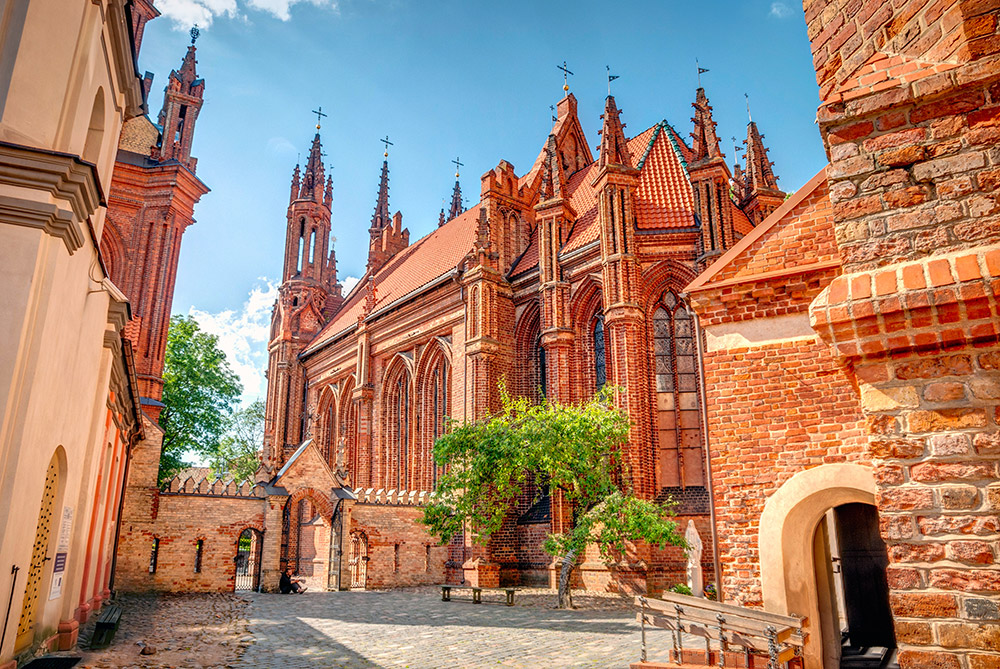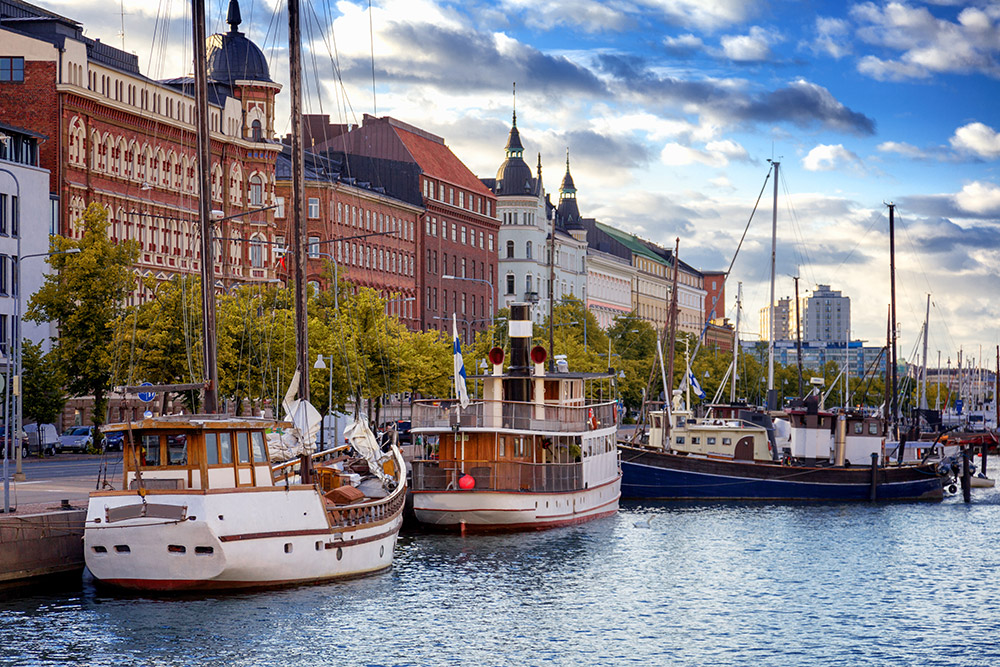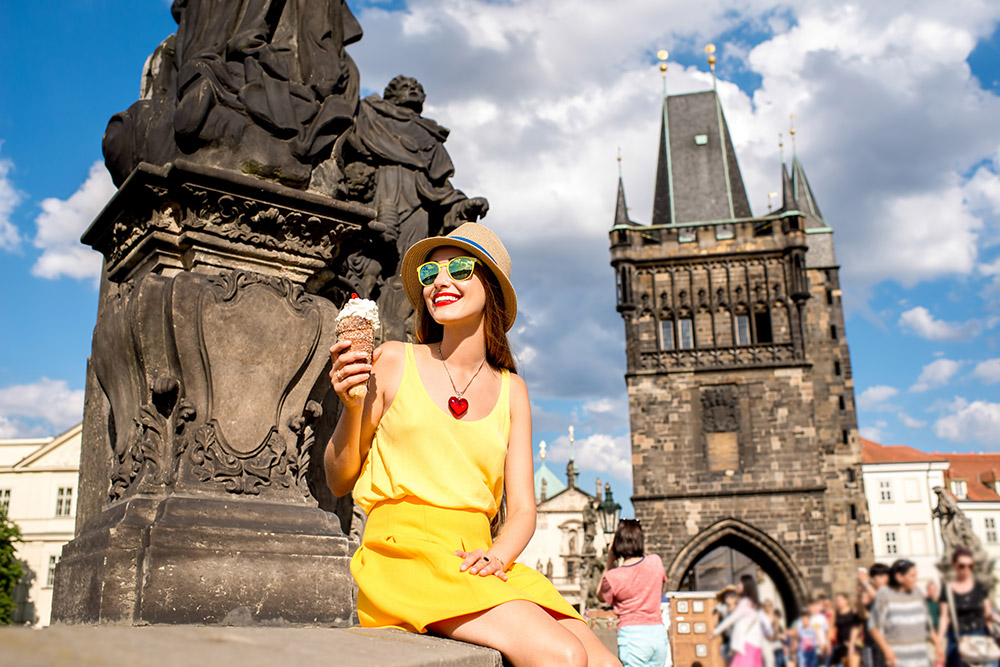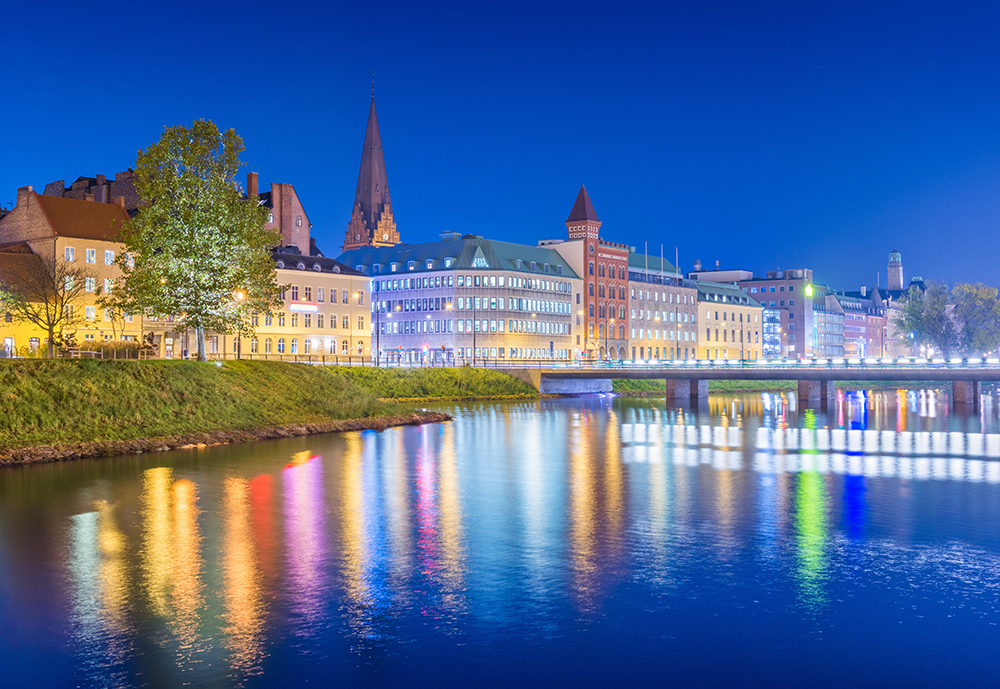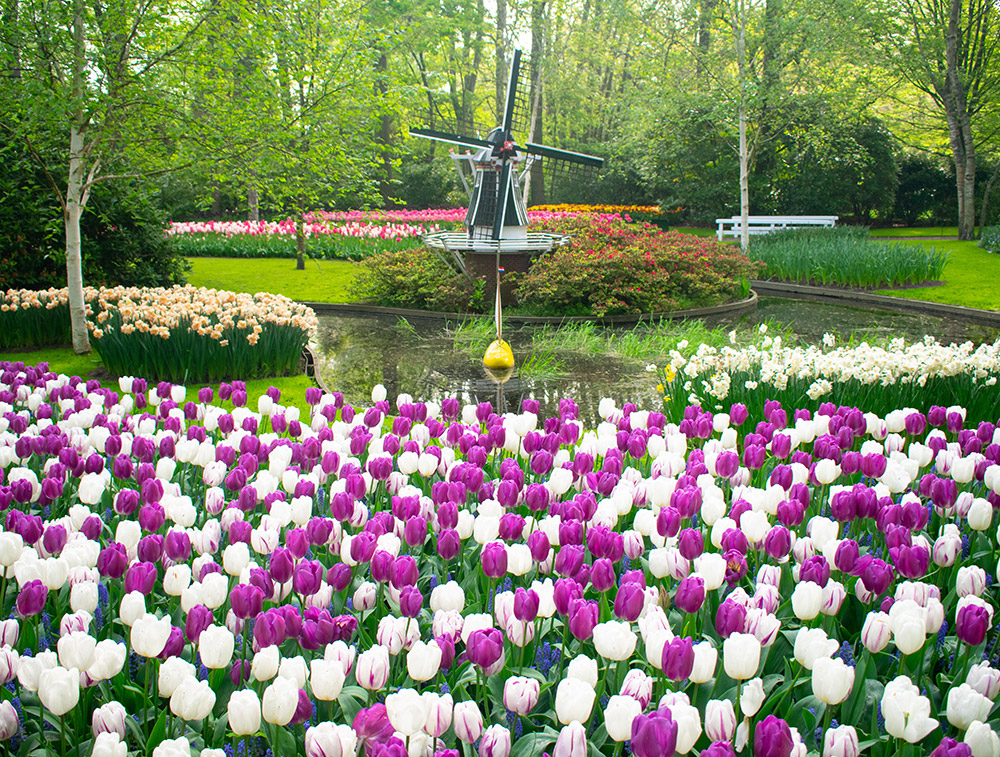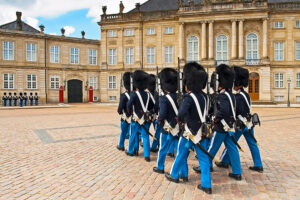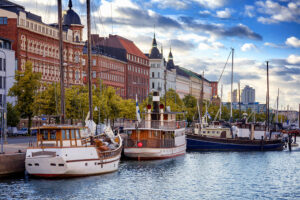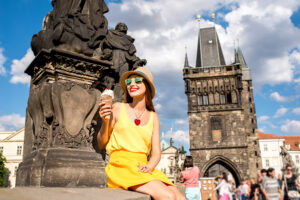Let’s explore Lithuania (Lietuva), a proud and independent country characterized by its lush woodlands and abundant water. This small Baltic jewel has rightfully earned its place among Europe’s treasures. Of the three Baltic states, Lithuania stands out as a paradise for nature lovers, blending cultural richness with captivating urban architecture.
Popular itinerary for Senior Travelers in Lithuania:
The highlight of Lithuania is its breathtaking Baltic coastline, distinguished by its distinct white sand. Along the shoreline, wetlands host a myriad of migratory birds, complemented by inland landscapes featuring lush forests and numerous lakes, creating a truly picturesque vista.
Vilnius, the capital, is an artistic haven, boasting rich courtyards, cobblestone streets, and churches adorned in Baroque splendor. The city is also a vibrant hub of contemporary culture, a vibrant center of contemporary culture.
Venturing beyond reveals echoes of the Soviet era—a disarmed nuclear missile site transformed into a Cold War museum and a Soviet sculpture park—poignant reminders of a recent dark chapter. Meanwhile, the Hill of Crosses and Grūtas Park stand as testaments to the nation’s resilience and triumph over adversity.
To assist you in planning your overnight accommodations, we recommend the following:
Day 1:
Lithuania’s international airport is located south of Vilnius, the country’s capital and its largest city. Upon arrival, make your way to the city and begin your exploration at the impressive Cathedral of St. Stanislaus and St. Ladislaus (Vilniaus Katedra). This grand church, constructed in the Greco-Roman temple style, features a separate bell tower adjacent to it. The Lithuanian people were among the last in Europe to adopt Christianity, embracing it only in the 14th century. The cathedral stands on the site where a pagan temple once stood, and it has been rebuilt several times over the centuries. Inside the church, don’t miss the opportunity to admire “The Sapiega Madonna,” a painting depicting the Holy Mary holding the infant, surrounded by saints. Be sure to visit the chapel of Saint Casimir, an exquisite Baroque masterpiece.
Take a break to enjoy coffee and cake at one of the cafes overlooking the cathedral, and make sure to sample the iconic “Tree Cake” (Šakotis) or the layered honey cake (Medaus Tortas).
Situated behind the cathedral is the Palace of the Grand Dukes of Lithuania, now transformed into a museum. This museum chronicles the history of the Lithuanian people, showcasing their culture, attire, household artifacts, and opulent furniture. Adjacent to the palace, there is a hill with the Gediminas Castle Tower standing at its peak, offering sweeping panoramic views and alternating exhibits inside the beautiful tower.
Conclude the day with a traditional Lithuanian dinner at one of the restaurants in the Old Town. Indulge in “Cepelinai” (Zeppelins), a local culinary delight featuring large potato dumplings filled with meat, fried onions, and vegetables in a creamy sauce. Enjoy a hearty mushroom soup or “Borscht,” a red sour soup served with a dollop of sour cream.
Day 2:
Start your day by exploring the district of Užupis, Vilnius’s smallest district, which is separated from the Old Town by the Vilnia River. In the early ’90s, this area evolved into a charming enclave, a community for artists, intellectuals, and entrepreneurs. Užupis is renowned for its dynamic outdoor sculptures and installations, creating an atmosphere that is both entertaining and thought-provoking, encouraging us to venture beyond our comfort zones. Continue to Hales Market, Vilnius’s oldest and most renowned food market. Here, you can engage with the local food producers and vendors, inquire about their offerings, and take home the authentic flavors of Lithuania. Enjoy the rich taste of handmade Lithuanian cheese, rustic village meats, freshly baked bread, and a variety of local beverages.
In the afternoon, head to Trakai, the historical capital, and admire the medieval Trakai Island Castle situated on Lake Galvė. This castle is the only historical national park in Europe. Be sure to savor the local specialty, “Kibinai,” lamb-filled pastries with onions.
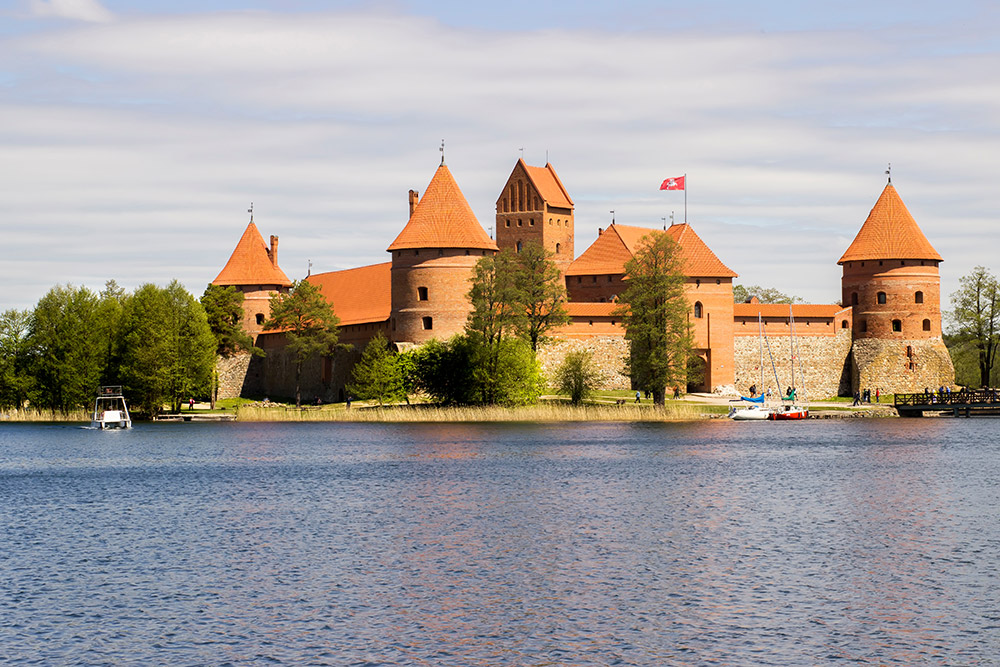
Day 3:
Depart from the bustling capital and head south for a scenic two-hour drive to Druskininkai – a spa town and resort, perfect for a relaxing get away. This small and intriguing town offers charming attractions like musical fountains, a sculpture garden, the vividly painted Orthodox Church, and a serene lakeside promenade.
The highlight of Druskininkai is its diverse spa treatments. Indulge in saunas, jacuzzis, massages, and facial treatments, ranging from exotic amber massages to more conventional honey-based therapies. Next, ascend the cable car that glides over lush hills and the Nemunas River, culminating in a snowy landscape. The cable car provides breathtaking views of forests, the meandering river, and the town of Druskininkai.
A short distance from town, explore Grutas Park, a unique collection of sculptures gathered from across the country during the Soviet era when Lithuania was part of the Soviet Union. The park’s café even features a menu with Soviet influences, offering a fascinating and tasty dining experience at Toli Toli restaurant.
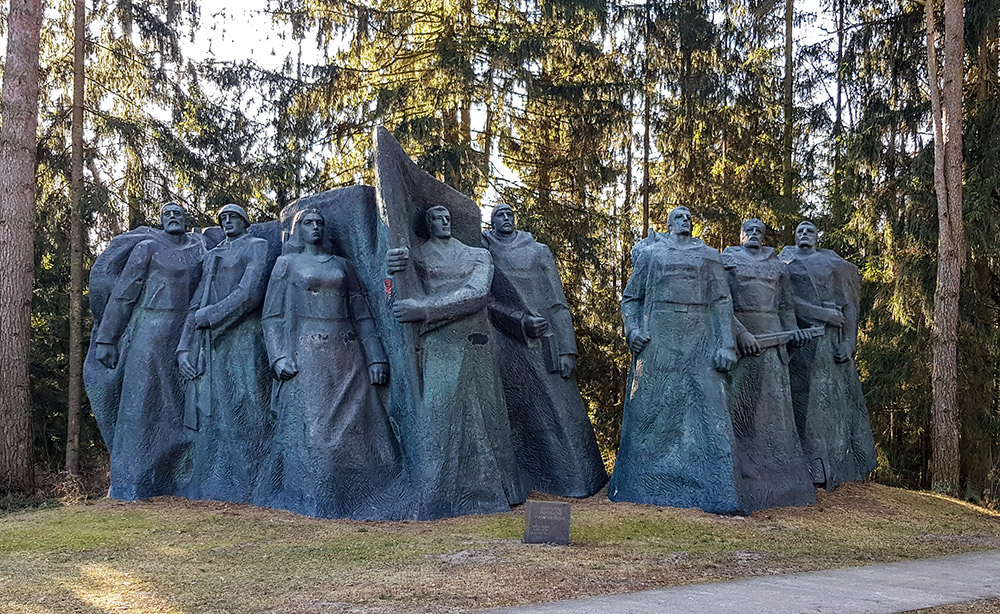
Day 4:
After a restful night in the relaxing spa town, your journey continues northward to Kaunas, Lithuania’s second-largest city, Kaunas. A captivating and diverse city, Kaunas is known for its modernist architecture and astounding street art, which create a unique urban landscape. The highlight of Kaunas’s Old Town is the oldest stone castle in Lithuania, built in the 14th century at the confluence of the Nemunas and Neris rivers. Today, it houses the City Museum. The “Ninth Fort,” now a military museum, bears witness to the events of the early 20th century and World War II.
Kaunas boasts a rich assortment of museums, including the unique Devil Museum and a city hall resembling a beehive. Wander through the cobblestone streets of the Old Town, lined with colorful houses, and discover the ornate crosses that form a vital part of Lithuania’s heritage, recognized by UNESCO as a cultural heritage site. Crafted from oak, these wooden crosses are intricately decorated, often featuring pagan symbols.
Explore shops selling the “Lithuanian Gold,” amber—many offering locally crafted amber jewelry and accessories. Take a funicular to Aleksotas Hill for a panoramic view of the city and the river. In the evening, savor a delicious local meal at one of the traditional restaurants, sampling “Šaltibarščiai,” a cold beetroot soup.
Day 5:
Today’s journey is to the charming port town of Klaipėda on the Baltic Sea coast. The Old Town, characterized by its unique character, is easy to explore on foot. Once part of Germany, the architecture here stands out significantly from the rest of the country. Expect to encounter colorful houses and distinctive timber-framed structures, reminiscent of those in Germany. Since the 19th century, woodcarvers from Klaipėda have gained acclaim for crafting crosses and fences for cemeteries across the nation.
Among these talented artisans was “Gustav Kutscher.” Pay a visit to his workshop and see some of his craftsmanship at the Blacksmith Museum. The museum features a collection of crosses on the upper floor and in the courtyard. Take a break at the Svyturys Brewery, with a beer-brewing tradition dating back to the 18th century. In addition to savoring their delicious beer, enjoy unique snacks and a variety of non-alcoholic beverages. Guided brewery tours are also available.
Continuing our exploration, we’ll head south of the city to the fascinating natural spectacle, Curonian Spit National Park – a slender stretch of sand dunes nestled in the Baltic Sea. Wander through the dunes and observe the distinctive birdlife native to the region.
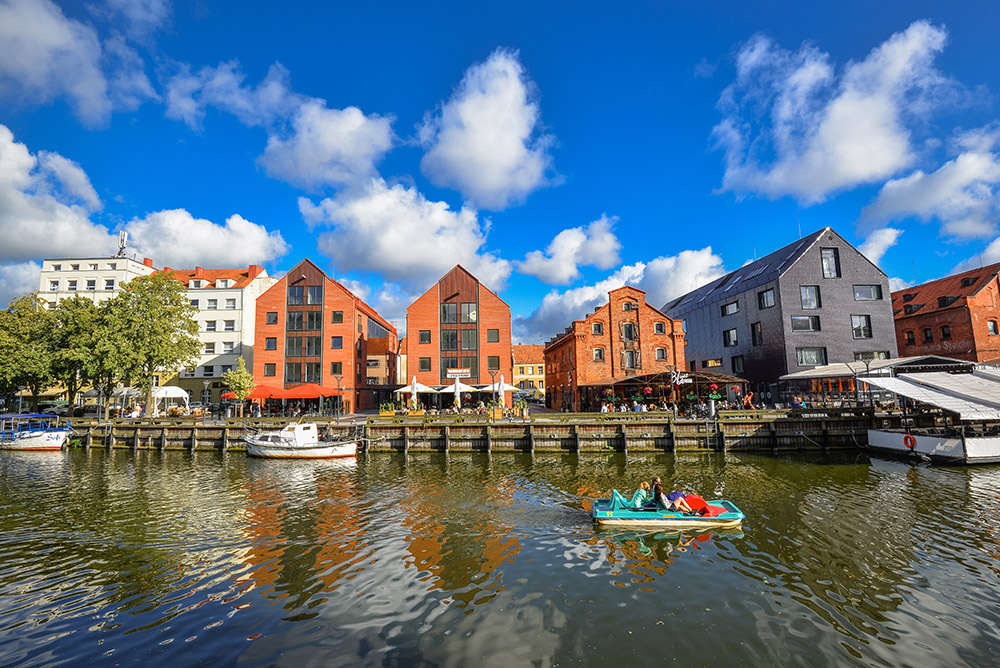
Day 6:
Begin your day by traveling northwest to the “Hill of Crosses” near the town of Šiauliai. Over 200,000 crosses adorn this modest hill, placed by individuals praying for health, family, and other heartfelt wishes. Since Lithuania declared its independence in 1990, the Hill of Crosses has evolved into a pilgrimage destination, earning a visit from Pope John Paul II three years later. This distinctive site has become a symbol of faith and hope, and its ancient cross art has led to its recognition as a UNESCO World Heritage Site. Near the Hill of Crosses stands an active Franciscan monastery and a chapel built in honor of the Pope’s visit.
Continue your visit in the town of Šiauliai, exploring the Photography Museum located in an Art Deco-style building. The museum showcases photographs, technology, prints, documents, and other artifacts. The venue hosts exhibitions of contemporary and historical Lithuanian photography, along with displays featuring photographers from around the world.
To engage with the locals, head to the Clock Square in the city center. This square is synonymous with enjoyable get-togethers and the greeting “hello,” heard here multiple times a day. It’s the spot where both lovers and business folks make plans, saying, “Let’s meet at the rooster.” Positioned between two main streets, the clock chimes every hour, extending a welcome to the city’s visitors with the message, “Welcome to Šiauliai!” The announcement is made in English, German, French, Russian, Spanish, Swedish, Romanian, and other languages at 12:00 and 18:00.
From the Clock Square, stroll along the promenade adorned with unique sculptures, advertisements for local businesses, cozy cafes, and restaurants. Artists decorate the city each year with creative graffiti. Walk from the Millennium Spray Fountain at the intersection of Vilniaus and Žemaitės streets and end at the intersection of Vilniaus Street and Drobės Street.
Day 7:
Head back to Vilnius to finish your exploration of this charming city by taking a leisurely walk through the university’s botanical gardens. Vilnius boasts botanical gardens in two spots—Kairėnai and Vingis Parks—each providing a range of amenities. The combined expanse of the botanical garden is an incredible 49 acres. Various plant types thrive, blossom, and flourish in natural groupings during the warmer months. This encompasses species and varieties from near and far, along with diverse herbs and trees.
Enjoy a leisurely walk among the trees, crossing small bridges over flowing streams. Stop for coffee and a taste of Žagarėliai, crisp pastries dusted with powdered sugar – the perfect snack with coffee.
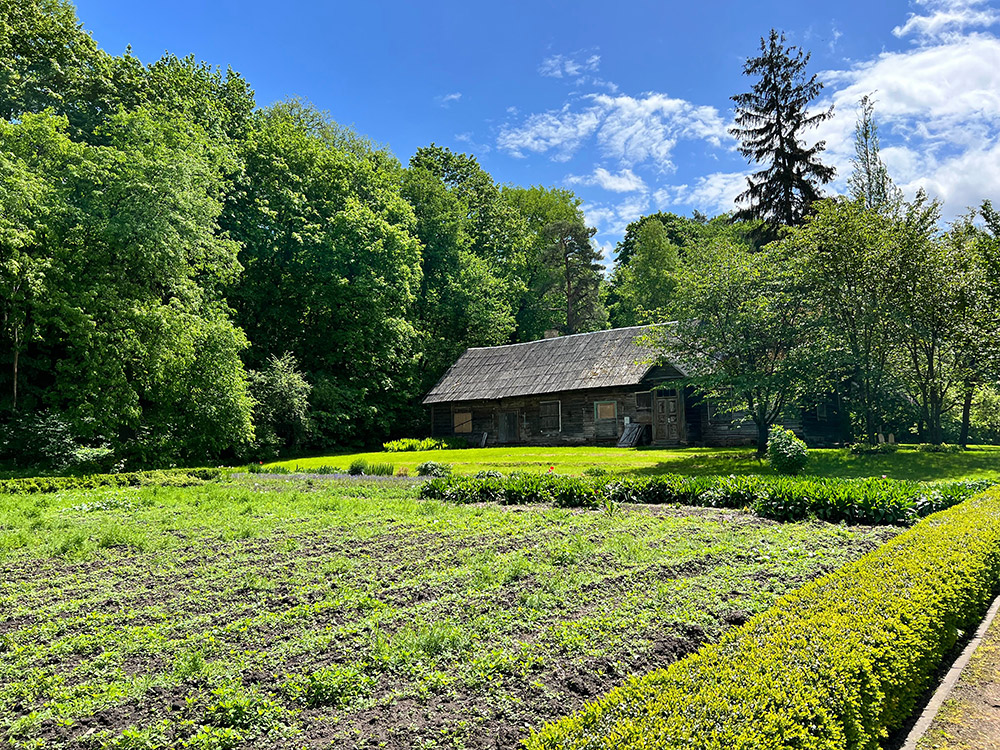
A different experience awaits at the KGB Museum, which depicts the Soviet era and the Lithuanian people’s struggle for freedom. The KGB Museum is impressive and fascinating, providing insights into the 50-year Soviet regime through detailed exhibitions, artifacts, and narratives from survivors of imprisonment and interrogations.
As you wrap up your cultural and culinary adventure in Lithuania before heading back to the airport, savor a local meal featuring “Cepelinai”—dumplings filled with meat or potatoes—accompanied by the traditional beverage known as “Midus.” Midus is an alcoholic concoction crafted with honey and blended with various fruit juices.


